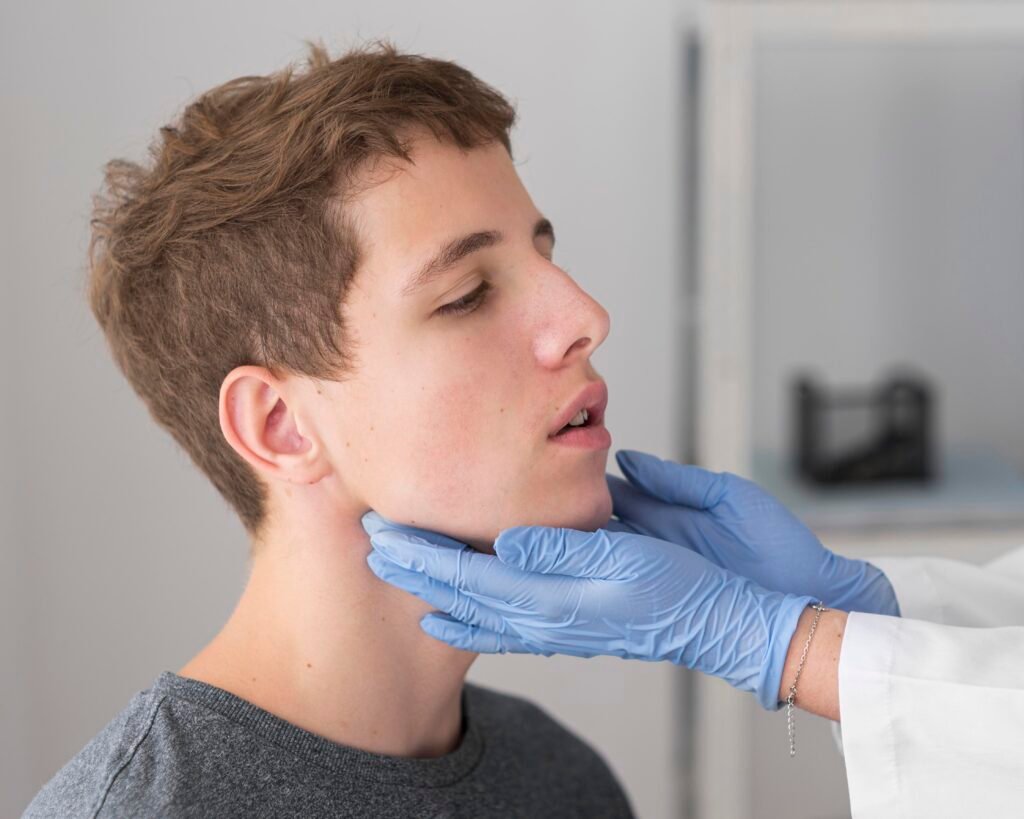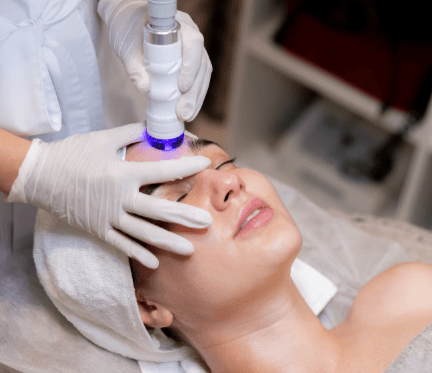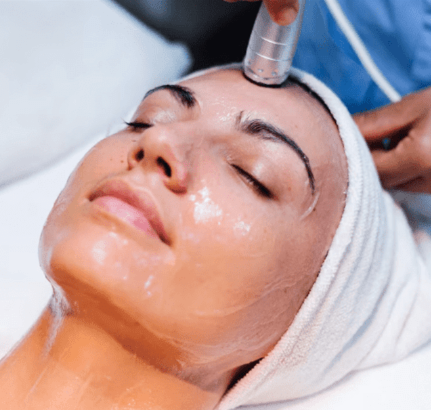Treatment Overview
Biplanar chin implant placement is an advanced surgical technique designed to enhance the chin’s projection and contour by positioning the implant in two different tissue planes. This method allows for a more natural, stable, and balanced augmentation compared to traditional single-plane implant placement. Widely practiced in Korea, biplanar placement is favored for achieving refined facial harmony and minimizing common complications such as implant migration or unnatural appearance.
Purpose & Benefits
The primary goal of biplanar chin implant placement is to improve chin projection while maintaining a natural look and feel. Benefits include:
- Enhanced stability and secure implant positioning
- More natural contour blending with surrounding facial structures
- Reduced risk of implant visibility or edge palpability
- Customized shaping to match patient’s unique facial anatomy
- Improved long-term results with less chance of implant displacement
- Minimal scarring and faster recovery
This technique is particularly beneficial for patients seeking subtle yet effective chin enhancement.
Ideal Candidates
Ideal candidates for biplanar chin implant placement are:
- Individuals with a recessed or weak chin requiring projection
- Patients who desire a natural look with minimal risk of implant complications
- Adults with fully matured facial bones, typically 18 years and older
- Those without significant skin laxity or severe facial asymmetry
- Patients in good health, free from conditions that could impair healing
A detailed consultation with Korean facial plastic surgeons helps ensure suitability and optimal treatment planning.
Possible Risks & Complications
Although biplanar implant placement reduces many traditional risks, potential complications can include:
- Swelling, bruising, or temporary numbness post-surgery
- Infection or inflammation around the implant site
- Implant shifting or asymmetry if not properly secured
- Scarring, usually minimal and well-hidden
- Rare nerve injury resulting in altered sensation
Selecting experienced Korean surgeons who specialize in this technique helps minimize risks and ensures careful postoperative monitoring.
Surgical Techniques Used
Korean surgeons performing biplanar chin implant placement typically utilize:
- Dual-Plane Pocket Creation: The implant is partially placed under the periosteum (deep layer covering the bone) and partially under the soft tissue muscles for enhanced stability.
- Customized Implants: Silicone or porous implants are often custom-shaped based on 3D imaging and patient anatomy.
- Minimal Incision Approaches: Incisions are made intraorally (inside the mouth) or submentally (under the chin) to avoid visible scars.
- Advanced 3D Imaging and Planning: Preoperative simulation allows precise implant size and position tailored to the patient’s facial structure.
This combination results in precise augmentation with superior aesthetic outcomes.
Recovery & Aftercare
Recovery from biplanar chin implant surgery typically includes:
- Mild swelling and bruising lasting about 1–2 weeks
- Pain management with prescribed medication
- Soft diet and limited physical activity during initial healing
- Oral hygiene practices if intraoral incision is used
- Wearing any recommended compression garments for support
- Follow-up visits to check implant position and healing progress
Most patients can return to daily activities within 1–2 weeks with gradual improvement in swelling.
Results & Longevity
Biplanar chin implant placement offers:
- Long-lasting and stable enhancement of chin projection
- Natural-looking contours that integrate seamlessly with the face
- Reduced visibility or palpability of the implant edges
- Improved facial balance and harmony, boosting self-confidence
With proper care, results can last many years or even a lifetime.
Treatment Process in Korea
Korea is recognized worldwide for its expertise in facial cosmetic surgeries, including biplanar chin implant placement. The treatment process often involves:
- Detailed consultations with 3D facial analysis and surgical planning
- Personalized implant design and surgical approach tailored to facial proportions
- State-of-the-art clinics with high safety standards and experienced surgeons
- Multilingual support for international patients, including translation and concierge services
- Emphasis on minimal scarring, precise technique, and quick recovery
This comprehensive approach makes Korea a preferred destination for this specialized procedure.
Cost Range
The cost of biplanar chin implant placement in Korea typically ranges from $3,500 to $7,000 USD depending on:
- Surgeon’s expertise and reputation
- Type and customization level of the implant
- Facility and anesthesia fees
- Inclusion of postoperative care and international patient services
Patients are encouraged to obtain detailed estimates and inquire about package inclusions when planning their surgery.
Popular Clinics
Top Korean clinics known for their expertise in biplanar chin implant placement include:
- JK Plastic Surgery – Renowned for advanced facial contouring and customized implant procedures.
- Banobagi Plastic Surgery – Offers comprehensive facial surgeries with precision 3D planning.
- View Plastic Surgery – Popular with international clients for personalized care and surgical excellence.
- Woori Plastic Surgery – Expert in minimally invasive facial augmentation techniques.
- ID Hospital – Large-scale facility specializing in complex facial bone surgeries including chin implants.
These clinics provide professional care with experienced surgeons and high standards of patient safety.




